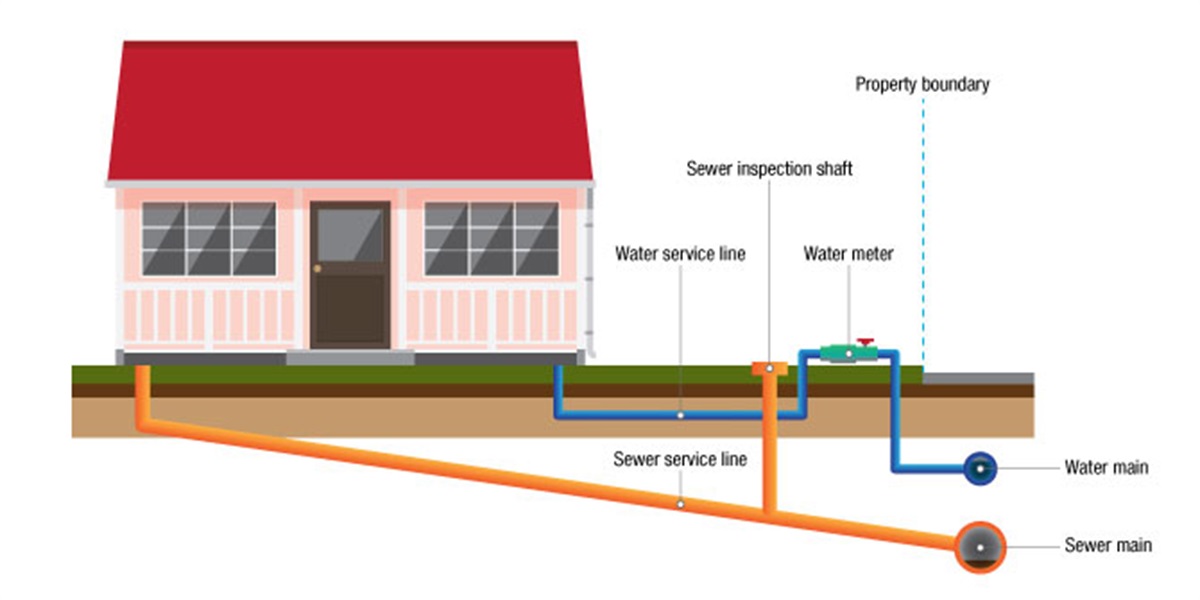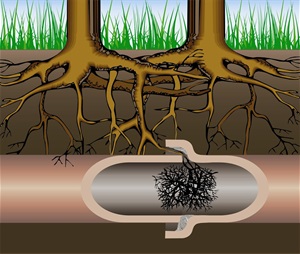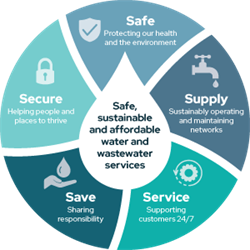Water and wastewater for property owners

Council is responsible for providing safe, sustainable and affordable water and wastewater services - these services are the foundations of a healthy community.
In providing these services, we aim to:
- secure sustainable water sources for the long term so the Tweed’s people and places can thrive
- provide for our growing population by sustainably upgrading and expanding our water supply and wastewater systems
- protect the health of the Tweed community and our environment by treating and supplying safe drinking water and safely collecting and treating wastewater
- supply Tweed households and businesses with high quality, affordable and reliable water and wastewater services from catchment to tap and tap to ocean
- sustainably operate and maintain assets, systems and networks that minimise Council’s impact on the environment and adapt to climate change impacts
- support customers by responding to supply and service interruptions and quality complaints 24/7 while making it easy to connect, disconnect and pay for their water and wastewater services
- consider and assess proposed development to ensure system capacity is available and infrastructure meets quality and safety standards
- inform, educate, engage and encourage behaviour change about our shared responsibilities to save water and the environment.
Responsibilities
Both Council and property owners have responsibilities for the continuous operation and maintenance of water and wastewater supply systems.
Before You Dig
Before You Dig Australia (BYDA) is a free referral service for the public, which should be used by anyone undertaking works that may impact on underground assets.

The following is provided as a guide.
Property owners are responsible for:
All internal pipes and fittings that fall within their property boundary, including rainwater tanks and internal sewer drainage.
Residents must provide clear access to water meters, inspection shafts and manholes on their property. Never bury a manhole or put a large object over it, they must always be visible and accessible.
Maintaining your property's stormwater connections to ensure stormwater does not enter the sewerage network(PDF, 1MB).
Council is not responsible for unblocking your sewer drains. However, because of the potential risk to health posed by a sewer blockage or other wastewater issues, you should call Council first as they will be able to advise you if you need to contact your local plumber.
Ensuring any easement on their property or near their property is accessible to Council at all times. If a manhole on your property is not accessible, Council may direct you to make it accessible (or do work on your behalf). For example, if a garden bed has been built over a manhole, the property owner will need to remove it to restore access. In some instances, excavation may be required.
Understanding the relevant Offences and Penalties relating to water and wastewater, including what can and cannot be discharged into the wastewater system. See Sewer Blockages, Overflows and Odours and Liquid Trade Waste.
If you have a sewer ejection pump station on your property, refer to our fact sheet(PDF, 151KB) on these to understand responsibilities.
Council is responsible for:
All water supply infrastructure up to and including your water meter (eg water treatment plants, water mains etc)
All wastewater infrastructure downstream from the sewer inspection shaft on private properties (eg treatment plants, manholes, sewage mains etc)
Managing all connections and disconnections to water and wastewater services.
Easements on your property
What is an Easement?
An easement refers to a right granted to a landowner, or a public or local authority, over another person’s land for a specific purpose.
Council has the power to enter private property for construction, maintenance and inspection of water and sewer infrastructure irrespective of protective easements being placed on titles. Council holds water and sewer easements in private property to ensure we maintain access to important water and sewer infrastructure.An easement refers to a right granted to a landowner, or a public or local authority, over another person’s land for a specific purpose.
Council has the power to enter private property for construction, maintenance and inspection of water and sewer infrastructure irrespective of protective easements being placed on titles. Council holds water and sewer easements in private property to ensure we maintain access to important water and sewer infrastructure.
Water Easements
Water easements are relatively uncommon in private property as water mains are typically located in road reserves (nature strips).
Council frequently undertakes work within nature strips to either, repair, replace extend or install fittings water mains. After conducting work in nature strips, they will be reinstated to an appropriate standard determined at Council’s discretion. Council will consider the pre-existing condition of the area, seasonal weather conditions, slope of land and area affected. Damage to the portion of driveways/accesses within road reserve will be reinstated as per Council Driveway Access to Property - Design Specification Policy(PDF, 142KB)
Sewer Easements
Sewer easements are common in private property and are mostly located along the rear or front boundary of a property. They exist over a portion of land that contains sewers or sewerage facilities. Council requires reasonable access to these areas and clear access to manholes. There is a possibility that Council will need to complete ground excavation to enable maintenance, repair and/or possible replacement in perpetuity.
Planting trees near sewers

Planting a tree in your backyard may seem harmless. However some species of trees can create ongoing or disastrous problems by tree roots intruding into sewer mains and internal sewer pipes. Problem trees will normally cause damage to internal pipes before Council sewer so it is in the property owner's best interest to understand the implications.
Before planting any trees, residents should consult the list of problem species below. Generally these trees should not be planted within five meters of any sewer main or manhole.
Council actively investigates potential problems before they become too large. If, during an inspection, Council identifies a tree that looks like it will cause future problems, the owner of the property will be consulted about the problem. In high hazard instances (see below) Council may choose to give the owner the option for Council to remove the tree.
Generally all the following groups of trees have been identified as problems to sewer mains because of root infiltration and have been ranked in severity:
High risk trees
- Camphor Laurel
- Fig and Rubber Plants (Ficus species)
- Large Gum Trees (Eucalyptus species)
- Poplars
- Willows
Medium risk trees
- Black Locust
- Bunya Tree
- Coral Trees
- Hoop Pine
- Norfolk Island Pine
Lower risk trees
- Bamboos
- Bouganvilleas
- Camellia
- Date Palms
- Elms
- Hibiscus
- Hollies
- Jacaranda
- Lilly Pilly
- Magnolias
- Pine Trees
- Pepper Trees
- River She Oak
- Silky Oak
- Swamp Oak
- Wisteria
- White Cedar
Report a problem or breach of water restrictions
For water leaks, no supply, poor quality, unable to turn meter on/off, call us 24/7 on 02 6670 2400.
For non-urgent issues complete the online form.
